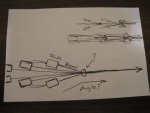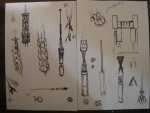Morgan
0
- Joined
- Feb 5, 2009
- Messages
- 2,174
- Points
- 0
Maybe sometime it'll get stickied...
Here's a question, if I'm not around to update the thread, can I hand over permissions to someone else?
M

Here's a question, if I'm not around to update the thread, can I hand over permissions to someone else?
M






